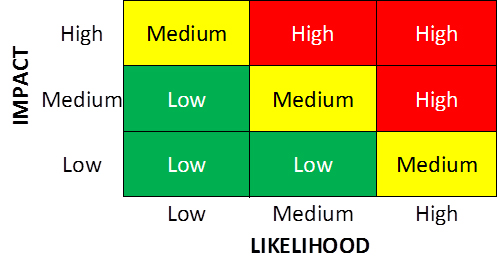- Identify & name critical people charged with responding to a crisis
- Identify which systems are covered
- Identify third party vendors and how to contact their support services
- Identify priorities, what’s most important - not everything in your business is worth saving
Steps to putting a DR Plan together
Step 1 - Identify critical services
- Compile list of cricital business services
- Determine the services and applications used by these critical services
For each service list the following:
- Service Name
- Where it is located
- What days / times it is critical for the service to be operational
- Are there any manual work arounds
- What is the maximum allowable outage time
- What are the supporting services
Step 2 - Assess impact of service outage
- Determine impact of service outages on organization
- Identify maximum allowable down time, and data loss
For each service, list the following:
- Service Name
- Rate impact (Major, Moderate, Minor) if service is not available in each category: Safety Human Life / Financial / Reputation / Regulatory
Step 3 - Assess Risks
- Assess the threats & vulnerabilities that could cause disruptions to the services and processes
- List known risks
- Identify risks
Step 4 - Prioritize Services
- Categorize and prioritize services based on need and criticality (use the risk matrix high, medium, low)
- Rate each service on a tier system, tier 0 is core infrastructure services, lower numbered tiers are recovered first as they are more critical to higher numbered tiers

Step 5 - Set Scope
- Determine which services to develop recovery plans for first
- Focus on Medium or High Risk area, usually you will not cover low risk or non-critical system functions
For each service, in your recovery plan cover
- Whether to follow a strategy of prevention, or to focus on recovery options or workarounds
- How to confirm if the actual cause
- Estimated recovery period, how long it is expected to recover once a specific failure is identified
- Guidelines for determining plan activation;
- Guidelines for recovery procedures;
- References to key technical dependencies;
- Rollback procedures that will be implemented to return to standard operating state;
- Checklists outlining considerations for escalation, incident management, and plan activation
Have regular practice drills
DR plans should be tested reguarly, find a cadence that works that keeps the team in sync
Keeping it up to date
Update DR Plan after changes are made to an internal system

